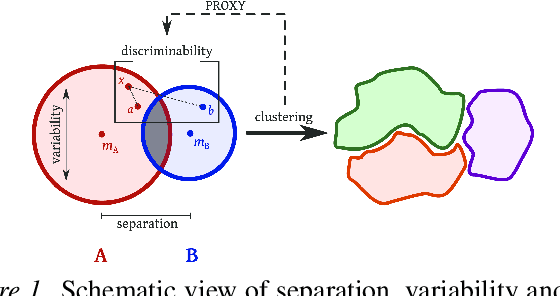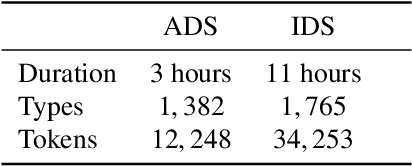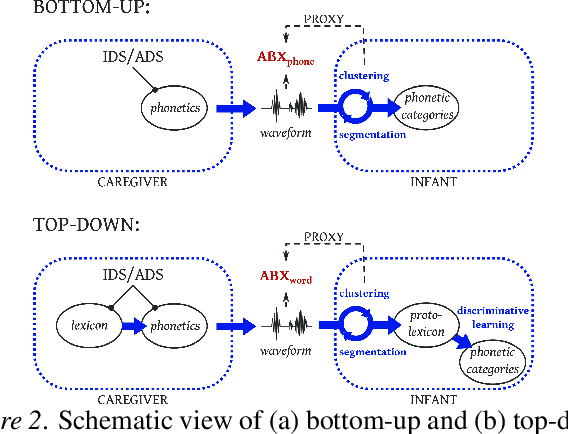Roland Thiollière
Are words easier to learn from infant- than adult-directed speech? A quantitative corpus-based investigation
Dec 23, 2017



Abstract:We investigate whether infant-directed speech (IDS) could facilitate word form learning when compared to adult-directed speech (ADS). To study this, we examine the distribution of word forms at two levels, acoustic and phonological, using a large database of spontaneous speech in Japanese. At the acoustic level we show that, as has been documented before for phonemes, the realizations of words are more variable and less discriminable in IDS than in ADS. At the phonological level, we find an effect in the opposite direction: the IDS lexicon contains more distinctive words (such as onomatopoeias) than the ADS counterpart. Combining the acoustic and phonological metrics together in a global discriminability score reveals that the bigger separation of lexical categories in the phonological space does not compensate for the opposite effect observed at the acoustic level. As a result, IDS word forms are still globally less discriminable than ADS word forms, even though the effect is numerically small. We discuss the implication of these findings for the view that the functional role of IDS is to improve language learnability.
Blind phoneme segmentation with temporal prediction errors
May 27, 2017



Abstract:Phonemic segmentation of speech is a critical step of speech recognition systems. We propose a novel unsupervised algorithm based on sequence prediction models such as Markov chains and recurrent neural network. Our approach consists in analyzing the error profile of a model trained to predict speech features frame-by-frame. Specifically, we try to learn the dynamics of speech in the MFCC space and hypothesize boundaries from local maxima in the prediction error. We evaluate our system on the TIMIT dataset, with improvements over similar methods.
 Add to Chrome
Add to Chrome Add to Firefox
Add to Firefox Add to Edge
Add to Edge